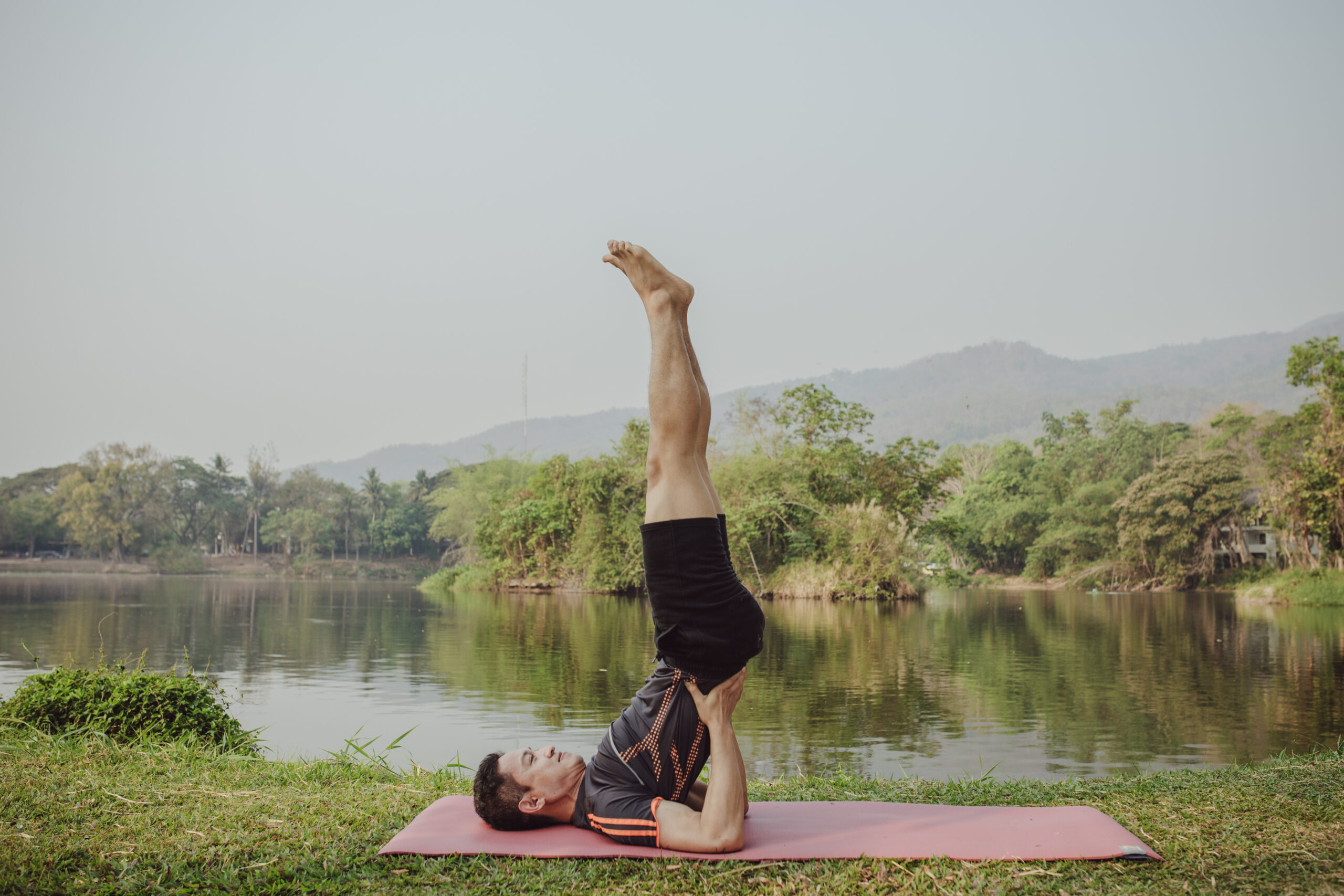Taking up yoga may be an exciting and intimidating endeavor, particularly if you’ve never done it before. Yoga is a comprehensive approach to health and well-being that takes into account the body, mind, and spirit. It is not simply about physical postures. For new and experienced practitioners alike, yoga offers a multitude of benefits, including flexibility, strength, stress alleviation, and inner calm. Let’s look at some basic positions and the benefits that come with them so that you may confidently begin your yoga adventure.
Mountain Pose (Tadasana): Despite its apparent simplicity, this basic pose serves as the foundation for numerous other yoga poses. Ground through all four corners of your feet as you take a tall stance with your feet together or hip-width apart. Raise your shoulders, roll your chest up and down, and put your arms out in front of you, palms down. Tadasana fosters a sensation of quiet and centeringness while assisting with posture, balance, and concentration.
Downward Facing Dog (Adho Mukha Svanasana): Begin on your hands and knees, then raise your hips toward the ceiling such that your body forms an inverted V. To stretch your spine, spread your fingers wide, press into your palms, and contract your core. The entire body is stretched during downward dog, but the hamstrings, calves, shoulders, and spine are especially worked. In addition, it improves circulation, releases shoulder and back strain, and refreshes the mind.
Child’s Pose (Balasana): Sit on your heels, touch your big toes together, and kneel on the mat. Lower your forehead to the floor and extend your arms forward, placing your palms on the mat. Balasana is a soothing pose that eases tension and weariness while gently stretching the thighs, hips, and spine. This is a great pose to practice for relaxation at the end of a yoga session or in between more strenuous poses.
Pose of Warrior (Virabhadrasana):Warrior Pose has several variations, but Warrior I is an excellent place to start. Put one foot forward in a lunge, bending the knee to a 90-degree angle and turning the rear foot out to a 45-degree angle or so. Lift your arms skyward, with your palms facing one another, and look straight ahead. Warrior I develops stability, bravery, and confidence while strengthening the legs and opening the hips and chest.
Bending Tree (Vrksasana): Place your weight on one leg while standing tall with your feet hip-width apart. Then, place the sole of your other foot on your calf or inner thigh, not your knee joint. Stack your palms like a tree or bring them together in front of your chest. Vrksasana strengthens the legs, ankles, and core muscles while enhancing balance, focus, and posture. It also promotes inner tranquility and a sense of groundedness.
Benefits of Yoga
- Yoga poses improve range of motion and general flexibility by gradually stretching and lengthening muscles.
- A lot of yoga positions strengthen the muscles in the arms, legs, back, and core.
- The physical postures, breathing exercises, and mindfulness practices of yoga assist lower stress levels and encourage relaxation.
- Yoga promotes a deeper connection between the mind and body by raising awareness of breath and bodily sensations.
- Consistent yoga practice helps improve the alignment of the spine and joints and address abnormalities in posture.
- Yoga practices that improve focus, mental clarity, and emotional resilience include breathing exercises and meditation.
- By increasing vitality, enhancing the quality of sleep, and bolstering the immune system, consistent yoga practice enhances overall well-being.



